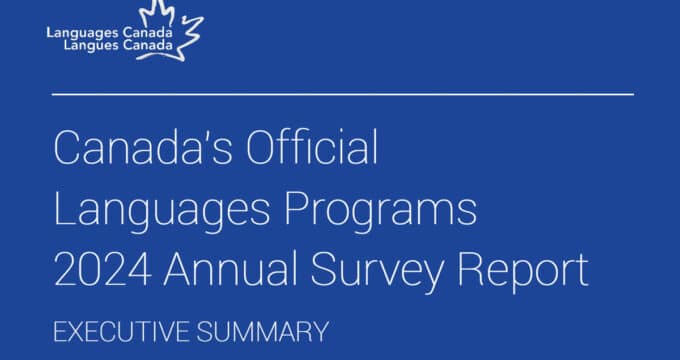US administration rolls out more targeted travel ban
On 24 September, US President Donald Trump issued a proclamation outlining new or updated restrictions on travellers from eight countries, including Iran, Venezuela, and Iraq. The new order updates the administration’s previous travel ban on citizens of six Muslim-majority countries. That earlier directive expired on 25 September and the restrictions outlined under this latest presidential proclamation will now come into effect on 18 October 2017. The list of affected countries has changed this time around. Five of the countries still on the restricted list – Iran, Libya, Somalia, Syria, and Yemen – were included in the earlier travel ban. Sudan, which was earlier included, is not named in the new executive order, suggesting that it has now satisfied the US government’s requirements with respect to screening, security, and information-sharing measures. And three other countries – Chad, North Korea, and Venezuela – appear on the restricted list for the first time. Unlike the administration’s original travel ban, the rules set out in the 24 September order vary from country to country. There is a blanket ban, for example, on all travellers from Syria, whereas only Venezuelan government officials (and their family members) will now be prevented from visiting the US. Travel to the US by Iranian nationals is largely restricted as well, with the exception of those entering the country to study even though “such individuals should be subject to enhanced screening and vetting requirements.” The exemption for Iranian students is noteworthy. Among the eight countries now included in the travel ban, only Iran (12,269 students in 2015/16) and Venezuela (8,267 students) appear among the top 25 source countries for foreign students in the US. The new measures do not apply to those currently holding a US visa, which means in part that students from affected countries that are already in the US will be able to remain and carry out their studies.
Courts will review
Immediately after the release of the administration’s new executive order, the US Supreme Court announced, on 25 September, that planned hearings into the original travel ban, that had been scheduled for 10 October, would be postponed. Instead, the court has asked for updated briefings from participating lawyers by 5 October as to the expected effects of the newly announced travel restrictions. The court has had a significant role to play in travel restrictions to the US, and had previously intervened to set aside the initial travel ban proclaimed in the early days of the Trump administration. For international educators, meanwhile, the new travel ban will again raise concerns about how the US is perceived internationally, and, in particular, how welcoming and attractive it appears to international students and their families. The initial travel bans announced earlier this year have been shown to have had a direct effect on the attractiveness of the US, and American educators have been working hard in the months since to make the point that the country remains open to international students and scholars. Indeed, institutions across the country are participating in a nationwide campaign – #youarewelcomehere – and there are some indications that such efforts can play a part in shaping international student perception. Even so, there is obvious concern within US higher education around the latest executive order. “While the proclamation adopts a ‘more tailored approach’ to nonimmigrants and appears to recognise the value of educational exchange, questions remain about how the ban will be implemented,” says Jill Welch, deputy executive director for public policy at NAFSA. “For example, researchers from Chad, Libya and Yemen may no longer be able to attend a US conference, and other nonimmigrant travellers from the additional countries named will be subjected to yet further enhanced screening and vetting. Such an approach only helps fuel the ongoing uncertainty felt by students, scholars and other travellers from across the world since the first travel ban took effect in January…While it may be tempting to think that preventing such legitimate travel is just collateral damage in keeping the nation safe, it is important to remember the unwelcoming message these bans send to groups of people around the world who wonder if their nation may be next on the list.” Earlier this month, the American Council on Education was one of 30 higher education associations to collaborate on an amicus brief to the US Supreme Court in relation to its planned deliberations on the travel ban. “Right now, there is a ‘global bidding war’ for talented international students, particularly in the STEM fields,” said the brief. “Foreign countries give substantial cash bonuses and other benefits to international scholars to entice them to leave the United States. When the United States immigration policy manifests a message of exclusion – not to mention an actually exclusionary effect, as here – fewer students and scholars choose to attend our universities. They instead go to other countries where they are welcomed with open arms.” The amicus brief goes on to argue that if it is not reversed, the travel ban “promises to have detrimental effects on critical academic exchange by inhibiting the free cross-border exchange of ideas; dividing students and scholars from their families; and impairing the ability of American educational institutions to draw the finest international talent and reap the associated benefits.” For additional background, please see:


















